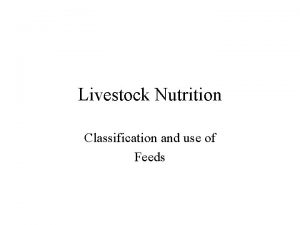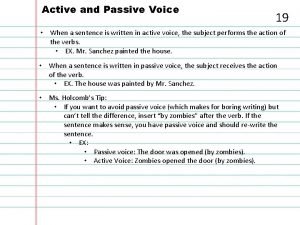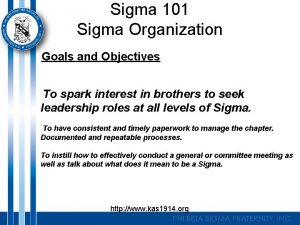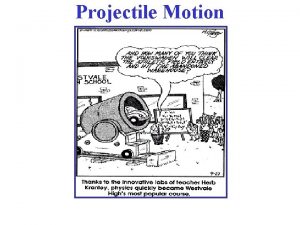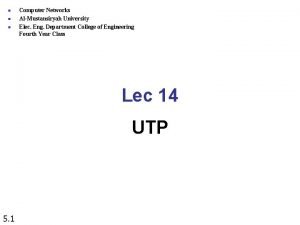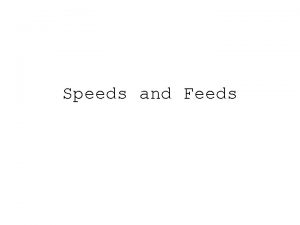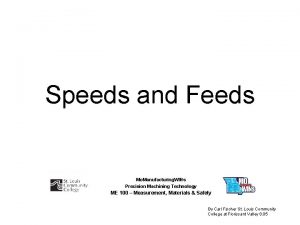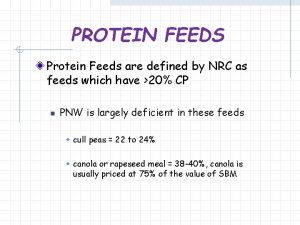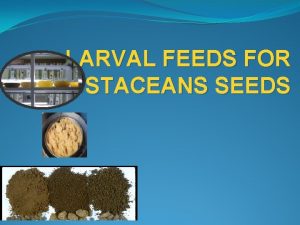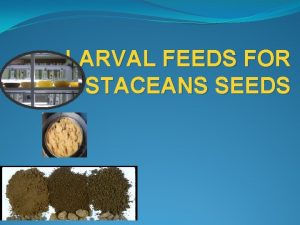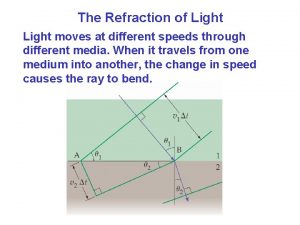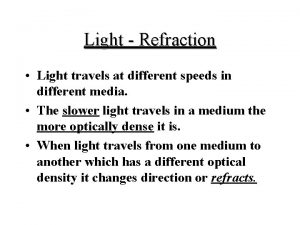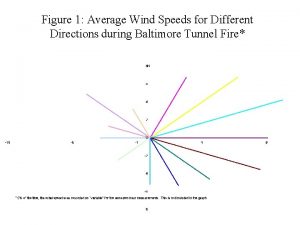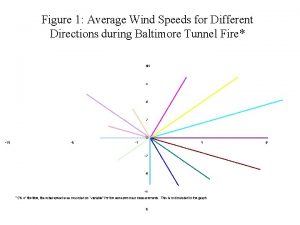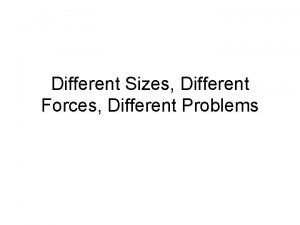Speeds and Feeds In This Lesson Discuss different






























- Slides: 30

Speeds and Feeds

In This Lesson • • Discuss different cutting tools Learn the definition of speeds and feeds Calculate cutting speeds and feed rates Practice

Basic Cutting Tools Ball End Mill Center Cutting End Mill Non-Center Cutting End Mill Indexable Shell Mill

Basic Cutting Tools Combination Drill & Countersink Spotting Drill Countersink

Flutes 2 Flute End Mill • More room for chip evacuation • Used for light metals • Weak, short tool life 4 Flute End Mill • More cutting edges, longer tool life • Used for harder metals • Clogs easily in deep cuts

Center vs. Non-Center Cutting 2 Flute Center Cutting 4 Flute Non-Center Cutting

Milling Tools Tool Description Application ¼” 2 Flute HSS Single End Mills For Cutting Aluminum – 3/8 Shank x 1 ¼ cutting length Facing, profiling, Pocketing, Slotting, Roughing and Finishing ¼” 2 Flute Ball End Mill for Aluminum – 3/8 shank x 1 ¾ cutting length Surfacing, Slotting, profiling, Roughing and Finishing

Milling Tools Tool Description Application ¼” Countersink & De-burring Tool – 90 Degree Engraving, Deburring, countersink, Spot drilling #3 Combined drill & countersink 90 Degree Spot drilling, Engraving

Milling Tools Tool Description Application ¼” spotting drill 90 deg Spot drilling, Engraving

Cutting Tool Material Video

Definitions • Cutter Speed – The rate of a tool measured in surface feet per minute. • Spindle Speed – The number of revolutions per minute (RPM) that is made by the cutting tool of a machine. • Feed – The distance advanced by the cutting tool along the length of the work for every revolution of the spindle.

Spindle Feeds Formula • Defined in revolutions per minute (RPM) • Found by dividing the cutter speed by the circumference of the tool N= CS (ft/min) C (in. ) N= circumference CS 12 (in. /min) d (in. )

Recommended Cutting Speeds Milling Speeds for High Speed Steel Tools Material Cutting Speed in surface ft/min Magnesium 300 Aluminum 250 Brass and Bronze 150 Copper 100 Cast Iron (Soft) 80 Cast Iron (Hard) 50 Mild Steel 90 Cast Steel 80 Alloy Steel (Hard) 40 Tool Steel 50 Stainless Steel 60 Titanium 50 High Manganese Steel 30 Note: Double Speed for Carbide Cutting Tools

Example What spindle speed should be used to mill aluminum with a ½ inch end mill? N= CS 12 (in. /min) d (in. ) Cutting Speed for Aluminum is 250 surface ft/min

Example What spindle speed should be used to mill aluminum with a ½ inch end mill? N= CS 12 (in. /min) d (in. ) Cutting speed for aluminum is 250 surface ft/min N = 250 ft/min 12 0. 5 in. = 1910 RPM

Your Turn What spindle speed should be used to mill soft cast iron with a ¼ inch end mill? N= CS 12 (in. /min) d (in. ) Cutting speed for soft cast iron is 80 surface ft/min N= 80 12 0. 250 = 1222 RPM

Calculating Feed Rates Fm = f t x n t x N Fm = Feed rate in inches/min ft = Feed in inches/tooth nt = Number of teeth on the tool N = Spindle speed = CS 12 (in. /min) d (in. )

Recommended Tool Feed (in. /tooth) Material Face Mill Side Mill End Mill Magnesium . 005 -. 020 . 004 -. 010 . 005 -. 010 Aluminum . 005 -. 020 . 004 -. 010 . 005 -. 010 Brass and Bronze . 004 -. 020 . 004 -. 010 . 005 -. 010 Copper . 004 -. 010 . 004 -. 007 . 004 -. 008 Cast Iron (Soft) . 004 -. 016 . 004 -. 009 . 004 -. 008 Cast Iron (Hard) . 004 -. 010 . 002 -. 006 Mild Steel . 004 -. 010 . 002 -. 007 . 002 -. 010 Alloy Steel (Hard) . 004 -. 010 . 002 -. 007 . 002 -. 006 Tool Steel . 004 -. 008 . 002 -. 006 Stainless Steel . 004 -. 008 . 002 -. 006 Titanium . 004 -. 008 . 002 -. 006 High Manganese Steel . 004 -. 008 . 002 -. 006 Note: Double Speed for Carbide Cutting Tools

Example Feed Rate Calculate the feed rate for end milling aluminum with a 2 flute, ½ inch HSS end mill. Fm = f t nt N Tool Feed (in. /tooth) ft=. 005 in. /tooth

Example Feed Rate Calculate the feed rate for end milling aluminum with a 2 flute, ½ inch HSS end mill. Fm = f t nt N Ft = 0. 005 in. /tooth CS 12 (in. /min) 250 12 N= = 0. 5 d (in. ) nt= 2 teeth Fm = 0. 005 2 1910 Fm = 19 in. /min = 1910 RPM

Your Turn Calculate the feed rate for face milling aluminum with a 4 flute, ¾ inch HSS end mill. Fm = f t nt N nt= 4 teeth Ft = 0. 005 in. /tooth CS 12 (in. /min) 250 12 N= = = 1273 RPM d (in. ) 0. 75 Fm = 0. 005 4 1273 Fm = 25. 46 in. /min

Factors That Affect Feed Rates • • Power of spindle motor Condition of cutting tool Depth of cut Quality of surface finish required Roughing vs. finish cuts Condition of the machine Strength of fixture

Tool Feed Rate for Holes Penetration rate in inches/revolution Tool Feed Rate (ipm) = ipr RPM Feed in inches/minute Spindle speed in revolutions/minute

Recommended Drilling Feeds Drill Diameter (in. ) Drill Feed Rate (ipr) <⅛. 001 –. 002 ⅛–¼. 002 –. 004 ¼–½. 004 –. 007 ½– 1. 007 –. 015 >1. 015 –. 025

Drill Feed Example What tool feed rate should be used for drilling a. 375 inch hole in aluminum? Tool Feed Rate (ipm) = ipr RPM N= = CS 12 (in. /min) d (in. ) 250 12 0. 375 = 2, 546 RPM

Drill Feed Drilling Feeds The tool diameter Drill Diameter Drill Feed Rate is given in decimal (in. ) (ipr) form < 0. 125. 001 –. 002 The diameter is. 375. 0. 125. – 0. 25. 002 –. 004 0. 25 – 0. 5. 004 –. 007 0. 5 – 1. 007 –. 015 >1. 015 –. 025 Tool Feed Rate (ipm) = ipr RPM = 0. 005 2546 = 12. 73 ipm

Your Turn What tool feed rate should be used for drilling a. 25 inch hole in copper? Tool Feed Rate (ipm) = ipr x rpm N= = CS 12 (in. /min) d (in. ) 100 12 0. 25 = 1, 528 RPM

Drill Feed Drilling Feeds Drill Diameter (in. ) Drill Feed Rate (ipr) < 0. 125 . 001 –. 002 0. 125. – 0. 25 . 002 –. 004 0. 25 – 0. 5 . 004 –. 007 0. 5 – 1 . 007 –. 015 >1 . 015 –. 025 Our diameter is 0. 25 Tool Feed Rate (ipm) = ipr RPM = 0. 004 1528 = 6. 1 ipm

Special Operations N= CS 12 (in. /min) d (in. ) Other special operations require slower speeds: Reaming – ½ to ⅔ of that used for drilling the material Counterboring – ¼ of that used for drilling the material Countersinking – ¼ of that used for drilling the material Tapping (threading) – Determined by many factors (usually range from 50 to 300 RPM)

References Kibbe, R. R. , Neely, J. E. , Meyer, R. O. , & White, W. T. (2002). Machine tool practices. Upper Saddle River, NJ: Prentice Hall. Oberg, E. , Jones F. D. , Horton, H. L. , & Ryffell, H. H. (2000). Machinery’s handbook (26 th ed. ). New York, NY: Industrial Press Inc.
 Sound will travel at different speeds in different mediums.
Sound will travel at different speeds in different mediums. Library.thinkquest.org 19537
Library.thinkquest.org 19537 Amateurs talk strategy professionals talk logistics
Amateurs talk strategy professionals talk logistics Classification of feeds
Classification of feeds Your face is killing me figurative language
Your face is killing me figurative language Can i have one of your chips figurative language
Can i have one of your chips figurative language Active to passive voice
Active to passive voice Old news figurative language
Old news figurative language Programming rss feeds
Programming rss feeds Alliteration vs assonance
Alliteration vs assonance Tmg feeds
Tmg feeds Mimaropa region
Mimaropa region Ezyme
Ezyme Phi beta sigma our cause speeds on its way lyrics
Phi beta sigma our cause speeds on its way lyrics What is this
What is this Vertical motion examples
Vertical motion examples Hold procedure meaning
Hold procedure meaning Wave speeds
Wave speeds Cheetah physical characteristics
Cheetah physical characteristics Cat cable speeds chart
Cat cable speeds chart Wave speeds
Wave speeds Wave train
Wave train Why do different polymers have different properties
Why do different polymers have different properties Why do different atoms produce different colors
Why do different atoms produce different colors What is cultural relativism
What is cultural relativism Different angle different story
Different angle different story Acids and bases song
Acids and bases song Different materials have different
Different materials have different Things that make us different
Things that make us different Argumenterande tal struktur
Argumenterande tal struktur Micro and macro lesson plan
Micro and macro lesson plan



